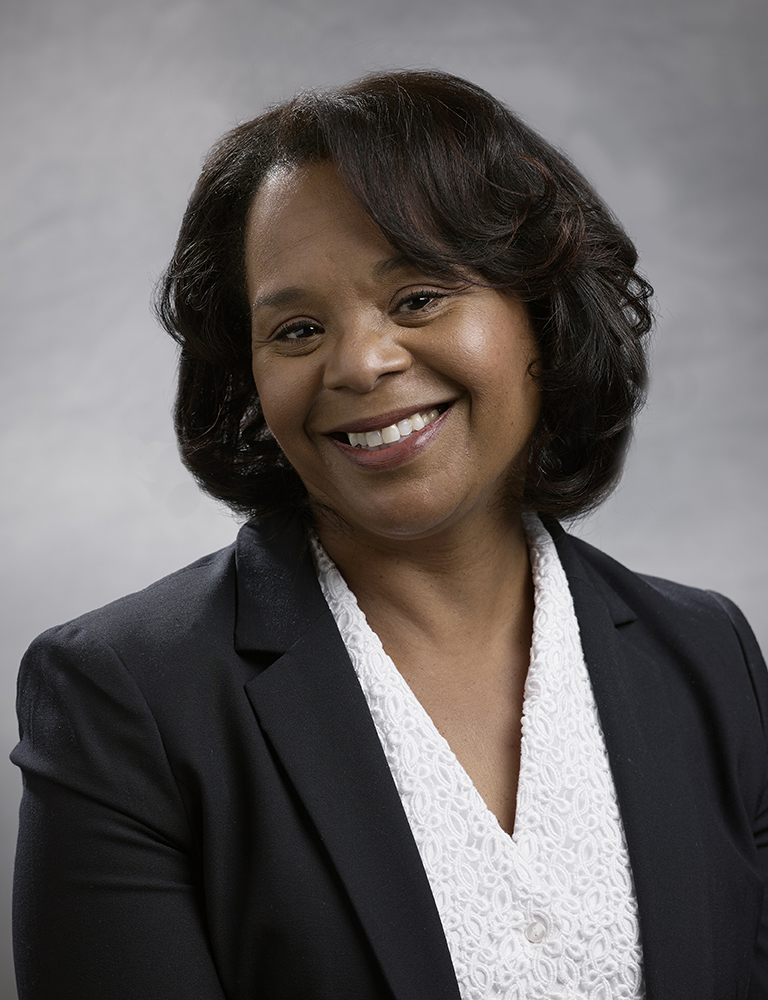Summary
The Brandywine Health Foundation (BHF) disrupted traditional strategic planning processes with an end goal of transforming philanthropic approaches to enhance the human service’s ecosystem by leading with equity, using community-driven practice approaches to drive decisions, and create new funding models. BHF, a health conversion foundation, located in Chester County, PA, began traditional grantmaking in 2001, with a focus on health equity by improving access to services such as health care, behavioral and mental health, social services, and youth programs, with minimal emphasis on integrating services beyond health care, dental, and behavioral health. To BHF’s advantage, health equity funders stand out for using disruptive strategies to address Social Determinants of Health (SDOH). By focusing on the structural factors that are responsible for health disparities, health equity funders tend to adopt activist or disruptive roles within their “community” at the local, regional, and state level (Easterling and McDuffee 2018, 1).
BHF recognized that the approaches to address the social and economic complexities within the community are much larger than health, social services, and SDOH, and that by integrating issue areas it could advance greater community impact and reductions in health disparities. This realization drove BHF’s decision in 2019 to conduct an innovative strategic planning process and journey that encouraged the adoption of a more holistic approach to health and broaden the foundation’s future.
Following a great deal of research, BHF embraced the nationally recognized Kresge Foundation’s approach to transform the human service sector through integration. The Kresge Foundation’s emphasis on supporting multi-service approaches emerged from the recognition that individuals and families experience multiple challenges simultaneously. Attending to their human needs with integrated and holistic approaches increases the likelihood of success (The Kresge Foundation 2014, 3).
BHF’s strategic planning process birthed three new priorities that promote effective practices, include community-driven solutions, and advance collaboration and reduce silos. These priorities are not only within the health and human service sectors but across other sectors that play a critical role in the overall health and wellbeing of the eight communities and varied populations served by the foundation.
The Path Forward
BHF’s approach was aimed at intentionally balancing power. The process began with efforts to break down silos within the health and human service sectors by acknowledging the immense duplication of services among the communities’ 282 nonprofit organizations and the challenges they experience as they compete for shrinking funds. To create a level-playing field that would put each community’s best interest at the center, BHF decided against the traditional strategic planning process that is built around board-led decision-making and internal and external assessment activities to identify community priorities. Instead, the BHF board of D=directors relinquished their power and the foundation implemented an inclusive community-driven process that is committed to putting residents’ voices front and center to tackle the root causes of social and economic problems.
The community was asked to partner with BHF leadership and staff and the Tammy Dowley-Blackman Group, LLC, a strategic planning consulting firm, to develop discussion guides and to facilitate a series of community gatherings entitled “Let’s Talk.” These gatherings were held over three months and invited the entire community to share experiences; learn about issues important to all residents regardless of ability/disability, gender, economic or educational level, ethnicity, race, religious beliefs or sexual orientation; and assist in developing new innovative solutions that best meets their needs. The issues of early childhood development, education, housing, employment, economic development, transportation, built environment, and food access opened the door for substantive conversations and problem-solving with parents, students, for-profit and nonprofit organizations, faith-based leaders, and local and state government stakeholders and officials. The Let’s Talk three-part series were comprised of the following: (1) Why Family and Social Supports Matter; (2) Why Where You Live Matters; and (3) Why Money Matters. The series engaged more than 365 diverse voices at local community venues strategically selected to ensure ease of access. Each series took a strength-based approach and specifically identified solutions that build upon community assets to overcome systemic barriers that impede progress in population and public health.
To help translate the findings from the Let’s Talk series and the impact of trends in human service, public and population health, and philanthropy, BHF formed the Think Tank Group. This cross-section of regional partners included members of the BHF executive committee and local, state, and national experts that represented the social determinates and their various sectors. Parallel meetings of this group were facilitated by a strategy consultant. The group worked side-by-side with the BHF leadership team using the data and ideas generated throughout the extensive community engagement process to discern the foundation’s ongoing philanthropic role and new strategic priorities. The final outcome was agreement to focus on designing an ecosystem of health and human services that would help competing nonprofits integrate their services seamlessly to deliver the best care for individuals and families, while building upon BHF’s previous investments in the health and human service sectors, youth programming, and environmental health.
BHF’S community-driven approach to disrupt its health and human service ecosystem through strategic planning proved to be successful and shaped BHF’s future direction. Each strategic priority was carefully considered and adopted for its ability to enhance the health and human service sector by integrating the delivery of care and services. BHF understood that their new priorities would need to be grounded in systems and practice change interventions using social entrepreneurial approaches. This included a shift in culture and practice in philanthropy that focused on changes in policies, power dynamics, flow of money, and partnerships, coupled with transforming customs and mind sets. It is these types of philanthropic practices and cultural shifts that differentiate BHF’s three new priorities.
BHF’s New Strategic Priorities
Priority 1: Integrated Services -- Helping people lead healthy lives: supports partnerships that improve systems of care across clinical and community-based services and provides opportunities to address vital conditions that communities depend on to reach their full potential, such as housing, food, education, employment, etc.
Priority 2: Healthy Environments -- Creating healthy public spaces and places for people to thrive: supports healthy inclusive spaces in settings like childcare, daycare, public parks, playgrounds, and after school programs.
Priority 3: Community Voice -- Leading positive community driven solutions: supports building civic infrastructure for community members to co-create a shared future that leads to positive community-driven solutions.
It was important that BHF recognized its grantmaking capacity and limitations. Traditionally, health and human service ecosystems are stewarded by larger grantmakers and government entities. Given BHF’s ongoing placed-based initiatives, which require substantial long-term dollars, the foundation has limited additional grant dollars. With this in mind, the foundation’s initial steps also align by addressing long-term and stable funding to support BHF’s new priorities.
Year one of BHF’s new strategic plan focused on providing general operating grants to its current grant partners and minimizing the disruption of services due to the adoption of a new strategic direction. Years two and three will move from a one to a two-year grant cycle allowing more opportunity for learning and building trust and authentic partnerships among old and new partners. Eventually BHF will move to a three-year grant cycle. The intersection of BHF’s new grantmaking and funding categories as described below, is designed to build the capacity of nonprofit organizations and the community, create new partnerships, invest long-term, and value equity and innovation across the health and human service ecosystem.
BHF’s Role in Creating New Funding Models
- Relief Impact Fund supports rapid responses to the economic, social and health hardships of the most vulnerable populations in the Greater Coatesville area in the wake of the new normal due to the coronavirus.
- Well-Being Fund supports general operations of nonprofit organizations.
- Collaborative Innovation Fund supports partnerships to address two or more social determinants of health (SDOH) with a Lead Partner Organization and Community Partner(s). No one organization, or even one sector, acting in isolation, can make the desired impact on some of the most challenging problems.
- Collective Impact Fund supports partnerships and ideas generated from participation in a formal Collective Impact Training. Established in August of 2019 as a two-phase pilot program with an initial planning grant followed by a second phase of a two-year implementation grant.
Conclusion
Health equity funders fundamentally know that by supporting upstream interventions that integrate health and human service with social determinants of health, they have the greatest potential to positively impact public health benefits. The health and human service ecosystem is primed to integrate human services with public health and population health approaches. In doing so, this not only preserves person-centered constructs, but also addresses the complicated environments in which community members and families must navigate and providers must collaborate to deliver cost effective and quality care and services.
The confluence of embedding diversity, equity, and inclusion along with balancing intentionality with disruption of the status quo, is what innovates BHF’s strategic planning approaches, new priorities and supportive funding models. It will take more than BHF’s innovative approaches and new funding models to solve the complexity of our social and economic and emerging public health crises. BHF invites other foundation leaders to join in pooling grantmaking dollars and resources to have a deeper and sustained impact. As a result, the entire extended community can create collaborative funding models across sectors with the inclusion of community ideas and solutions to drive disruptive change.
Works Cited
Easterling, Doug and McDuffee Laura. “Finding Leverage over the Social Determinants of Health: Insights from a Study of 33 Health Conversion Foundations.” Wake Forest School of Medicine, 14, March 2018, page 1.
The Kresge Foundation. “A CALL FOR ACTION: Strengthening the Human Services Sector A Synopsis Report.” 2014, page 3.
Author bios
Vanessa B. Briggs, Brandywine Health Foundation

Tammy Dowley-Blackman, Tammy Dowley-Blackman Group, LLC,



